One of the biggest questions customers have when are purchasing plants is, “How do I water them?” The answer is complicatedly simple. You water plants when they need it. No more and no less. See? Simple but complicated. The thing is, there is no true formula for watering plants. There are just too many factors and inconsistencies that affect how you should water. These include the type of plant, wind, humidity, sun/clouds, temperature, type of soil, and just plain weather. Just when you think you have it figured out, the season changes and so do the variables. But here are some basic guidelines for best watering practices.
Feel your soil before watering
Checking your soil is even more helpful than just observing the plant when trying to figure out if your plant needs a drink. Your handy soil meter, your finger, can tell you if the soil is still moist or dry as a bone. Stick your finger down into the soil and feel it. If it’s dry, water. If it’s moist, don’t. Sometimes a wilted plant still has moist soil and actually doesn’t need water, especially if it’s been cloudy out for a few days and then a day of hot sun appears. So wilting alone isn’t the only sign of a dry plant.
Water in morning hours
It’s ALWAYS best to water in the morning, the earlier the better. If you water in the evening, the plants are left wet for an extended period of time, which increases the chance of fungal leaf diseases.
Deep watering vs. shallow watering
When you water, water deep. This means soaking the soil for a longer period of time, but more infrequently. Roots will be trained to grow deep, resulting in stronger plants with more drought resistance. If you water shallow, you’ll end up with a bunch of surface roots and weaker plants. Shallow watering just makes the roots of your plants depend on you to give them the moisture they need as opposed to searching it out themselves.
No overhead watering
Water the soil not the plant. Most plants have no need for their foliage getting wet; many can end up with fungal diseases as a result. The roots are what take up water and that’s where you should be focusing your hose and sprinklers on. Drip irrigation is a perfect system to water in this manner. It is simply the most efficient way to irrigate your gardens and in ground plants.
Choose plants that don’t need as much water
Select xeriscape, and drought-tolerant plants. These plants don’t need much water to make them happy once they’ve been established. We highly encourage these types of plants, especially with our hot, dry summers and inevitable water restrictions we face in San Antonio. However, one of the biggest misconceptions you can have about these plants is that they don’t need any water. This is not true. They will still need adequate water to get established and THEN most will be ready to survive with just rainfall and the occasional supplemental watering during extreme drought periods.
Mulch to conserve water
Mulching your plants AND the bare areas around them is a huge way to conserve water. It reduces evaporation and run off so when you water, the water is staying in the soil area that you want it in. Mulching also helps prevent weeds that compete with your plants for water. Did you know if you complete SAWS WaterSaver Landscape Program you can apply for a free $50 mulch coupon? See the details on this amazing water saving program, and others that our terrific city has to offer us at our City Programs page
~The Happy Gardener
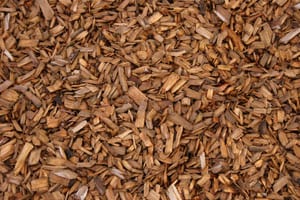
Don’t skimp on mulch. it should be replaced each year if not each season.

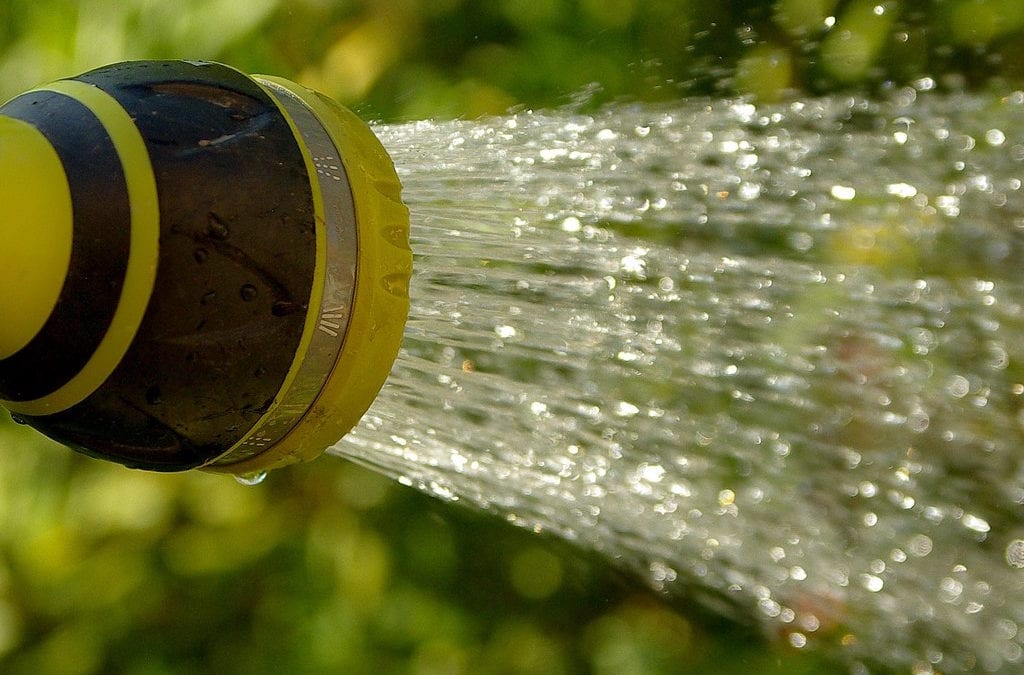
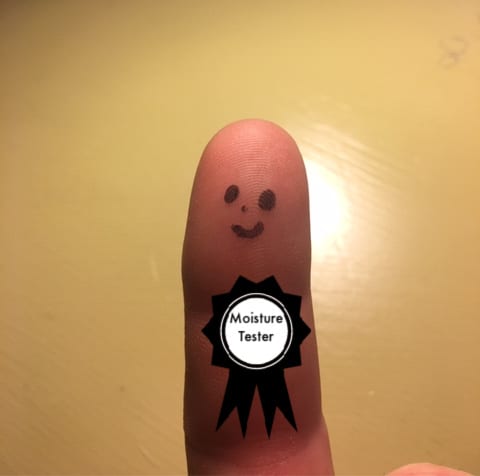
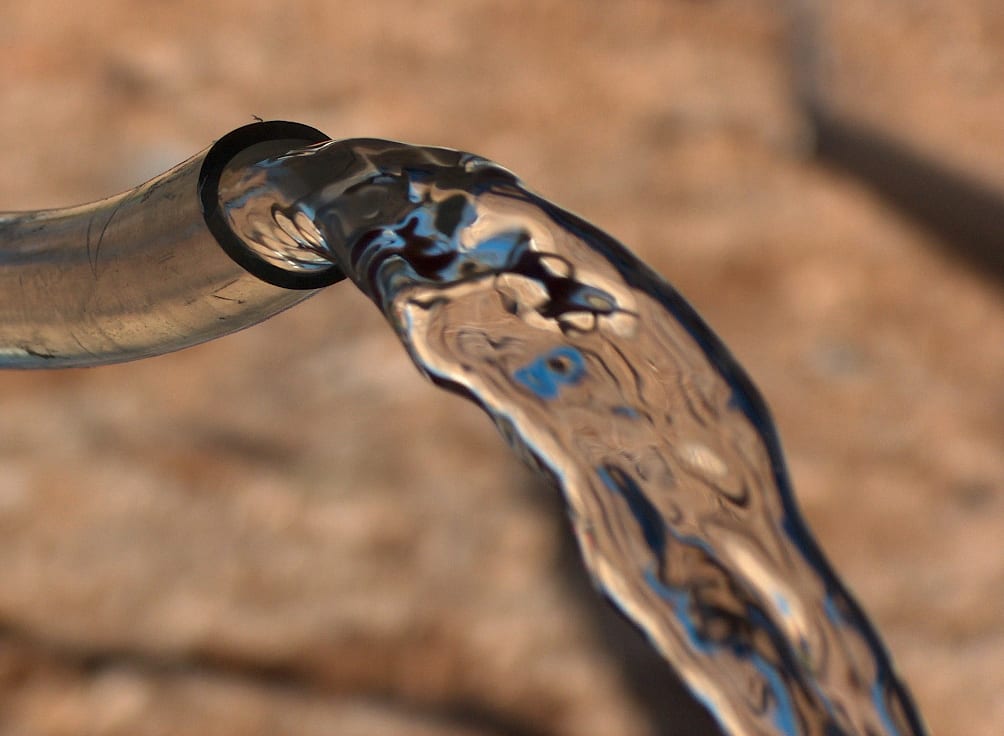
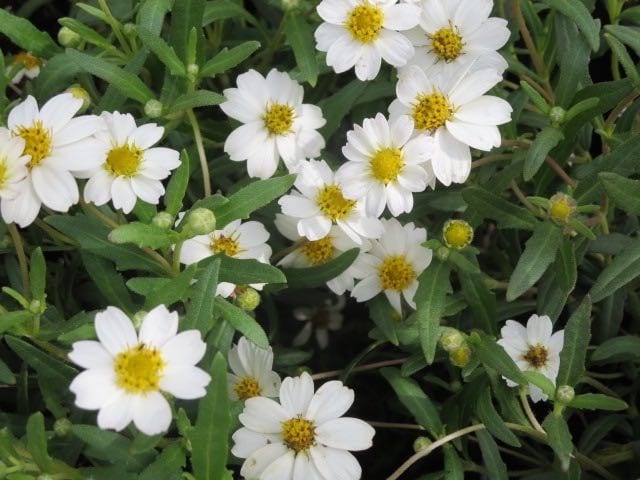
Trackbacks/Pingbacks